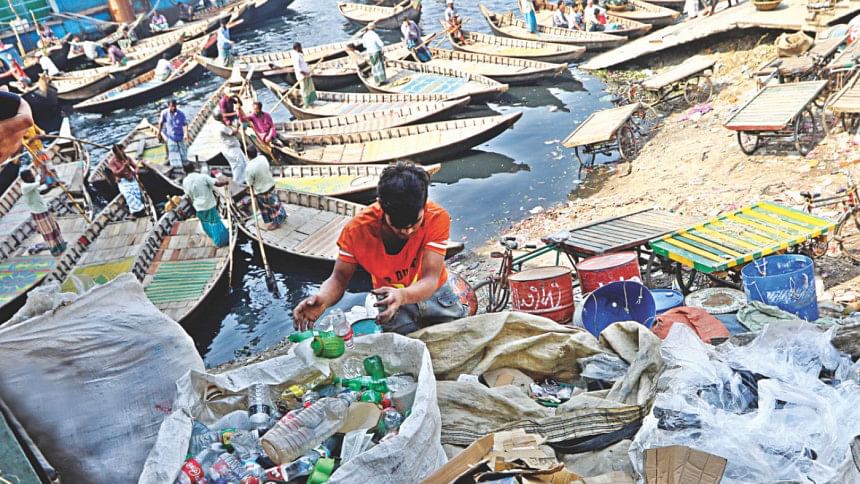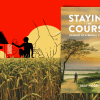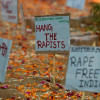Street kids continue to be exploited

Rabeya boarded a launch for the first time when she was eight. As she arrived in Dhaka from Barishal, her grandmother abandoned her. Thus began Rabeya's life as a victim of sex exploitation.
Eight years later, she is now a mother of two, living on the streets. She calls Sadarghat launch terminal her home.
Rabeya is one of hundreds there who have no family ties and are trying to make it on their own. Many unscrupulous people take advantage of this and the children face exploitation.
Separation from their families is mostly driven by extreme poverty. They are either abandoned or they run away from home to escape an environment due to lack of care, in some cases, abuse, according to Local Education and Economic Development Organisation (LEEDO), that deals with street children across Dhaka.
The non-government organisation that is committed to helping the disadvantaged has opened schools for street children like Rabeya.
Homeless children make their way to Sadarghat mostly from areas that are connected to Dhaka by rivers. While girls like Rabeya are forced to become child sex workers, boys get tagged with local thugs, who use them to collect recyclable materials like plastic bottles or engage them in income generating works like being helpers or cleaners in the launches or restaurants.
In return, they get about Tk 100 a day and are allowed to sleep in the open at the launch terminals.
During a visit on March 10, many boys between the ages of 6 to 12 were seen sorting collected materials under the terminal gangplank around 10:30 in the morning. A social worker involved in operating an open school set out to convince the children into joining day classes.
One among them told the woman in a low voice that he had to finish his work before going to school. “Otherwise, 'bapjan' will be angry.”
The children's handlers remain nearby to keep a close watch on their activities, said Suddho Sarker, coordinator of a programme in that area under LEEDO. “They [whom the children call 'bapjan'] don't like children joining classes at open schools. They fear that will lose control over them.”
In a recent study across Dhaka, Suddho said that LEEDO found 75 percent of the street children were involved in child labour. The three other major risk factors that such children are exposed to are early marriage, drug abuse and reproductive health issues.
In another study in 2011 styled “Lives and livelihoods on the streets of Dhaka city”, non-government organisation Brac observed that abuse and harassment by hoodlums and law-enforcement agencies were perceived to be the most severe problems affecting street life in Dhaka.
So far, there has been no initiative to conduct a national survey on street children.
The women and children affairs ministry and the social welfare ministry had a plan to conduct such a survey in Dhaka in February 2016, and rehabilitate the children within six months.
On March 21, Muhammad Abul Khair, public relations officer of the children affairs ministry, said the plan was yet to be implemented. “A process is on.”
It is necessary to provide street children with government support to keep them from getting into the world of crimes, said SM Nazmul Hoque, a lawyer working in Brac's Human Rights and Legal Aid Services Programme.
They should get an opportunity to reach their potential, he added.
Nazmul worked in a programme that the government implemented between 2014 and 2016, in coordination with Brac, designed to rescue street children and accommodate them in government shelters until their families were traced.
At that time, 124 boys, mostly below 12, were returned to their families. There was however, little follow-up action to ensure that they were given the care they needed and that they were not back on the streets after a while.
Such was the case of Rima, a child victim turned sex worker. Rima, now in her 30s, returned home several times only to find no solace amongst her poverty-stricken family in Patuakhali.
She keeps her profession a secret from her five-year-old son. She sets out after midnight looking for clients and goes back to her sleeping child at any corner of Sadarghat after the Fajr prayers early in the morning.
“I lived out here my whole life …. I want a good future for my son,” she said.
In the absence of any government intervention for their rehabilitation, Rabeya's six-month-old son and five-year-old daughter also face a long, never ending path of uncertainty.
[The names of the girls have been changed to protect their identities]

 For all latest news, follow The Daily Star's Google News channel.
For all latest news, follow The Daily Star's Google News channel. 








Comments